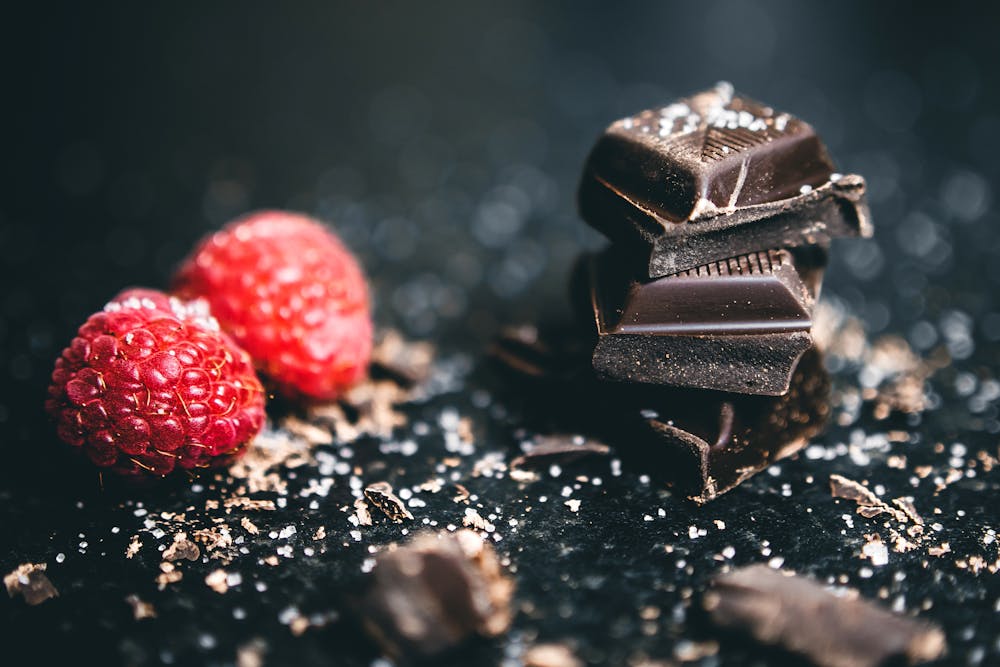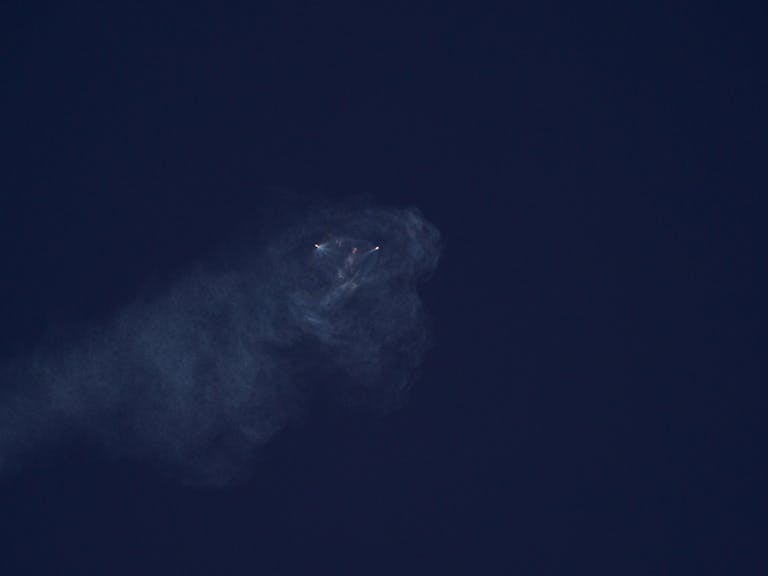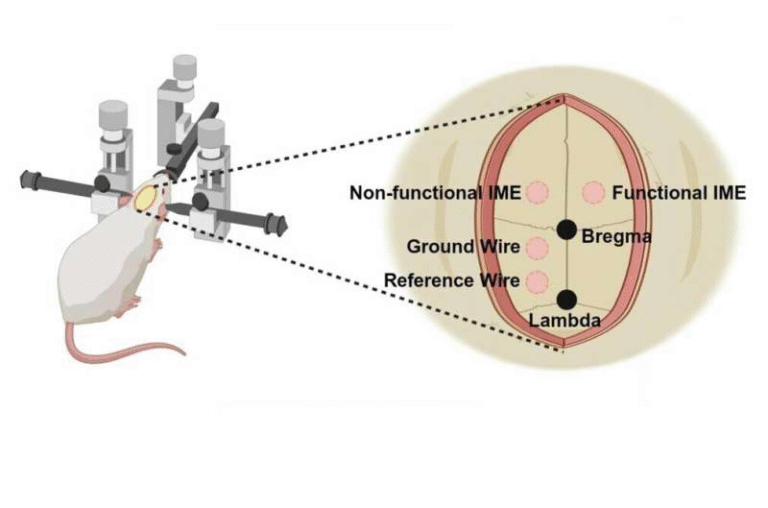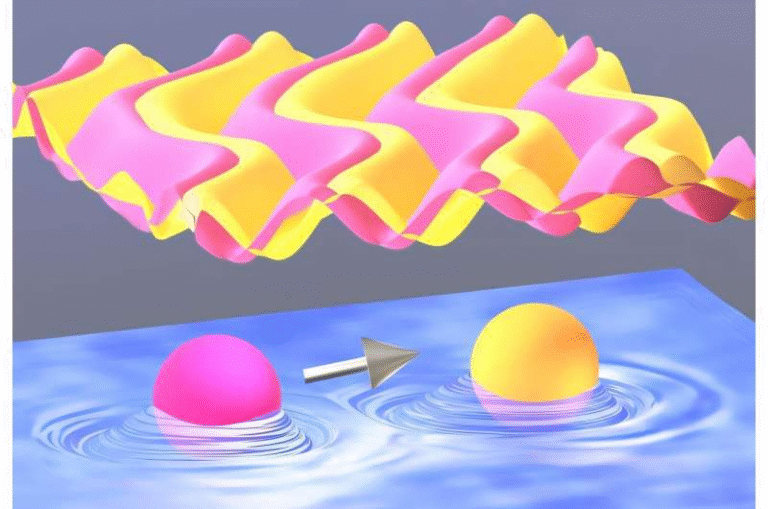The Science Behind Chocolate’s Next Big Transformation


Chocolate lovers, here’s some delicious news: science might soon make your favorite treat even tastier and more consistent. Researchers have uncovered a way to take the age-old art of chocolate-making and give it a modern, scientific twist—by understanding and controlling the microbes that shape chocolate’s flavor.
The Secret Lives of Cacao Beans
Every bite of chocolate begins with the cacao bean, and its flavor journey starts long before it reaches your favorite bar. After harvesting, farmers pile the beans into boxes, heaps, or baskets, where a natural process called fermentation takes place. This is where microbes—tiny bacteria and fungi from the environment—work their magic.
They break down the beans, creating the chemical compounds that form chocolate’s aroma and taste. But here’s the catch: because this fermentation is spontaneous and uncontrolled, farmers don’t have much say in which microbes dominate. That means the flavor can vary wildly between farms, regions, or even different harvests. Sometimes the chocolate turns out rich and complex, and sometimes… not so much.
Cracking the Flavor Code
That inconsistency inspired a team from the University of Nottingham’s School of Biosciences to dig deeper. They wanted to know: could the seemingly unpredictable process of fermentation actually be understood—and even controlled?
By working with farmers in Colombia and studying the conditions of fermentation—things like temperature, pH, and microbial communities—the researchers identified the crucial factors that predict flavor development. More importantly, they figured out which microbial species are key to creating that fine-flavor chocolate we all crave.
Their findings, published in Nature Microbiology, show that both abiotic factors (like pH and temperature) and biotic factors (the microbes themselves) act as reliable indicators of flavor outcomes. In short: science now has a recipe for predicting how chocolate will taste.
From Wild Fermentation to Lab Precision
The real breakthrough came when the team took this knowledge into the lab. Instead of leaving fermentation up to chance, they developed a defined microbial community—a carefully curated mix of bacteria and fungi—that mimics the natural process but with far more control.
The results? This synthetic fermentation produced chocolate with the same fine-flavor qualities as traditional methods, but without the unpredictability. It’s like giving chocolate makers a reliable roadmap to consistently great flavor.
A Revolution in the Making
Dr. David Gopaulchan, lead author of the study, says this could transform the way chocolate is produced worldwide. Just as controlled fermentation reshaped how we make beer and cheese, chocolate could now follow the same path. Instead of depending on luck and natural variation, farmers and producers might soon use starter cultures—microbial blends tailored to bring out specific flavors.
That means more consistent quality, exciting new flavor possibilities, and perhaps even a global upgrade in the standard of chocolate. Imagine a world where every chocolate bar, whether from Ecuador or Ghana, hits the same high notes of richness and complexity.
What This Means for Chocolate Lovers
So, what’s the takeaway for those of us who just want to enjoy a good bar of chocolate? It means the future could hold chocolate that tastes better, more consistent, and even more diverse in flavor. Whether you’re into bold, earthy dark chocolate or smooth, delicate milk chocolate, this new science could make sure your favorite bar never disappoints.
It also highlights something fascinating: the humble cacao bean owes its transformation into chocolate to the teamwork of microbes. By finally learning how to guide that process, researchers are opening the door to a whole new era of chocolate making.
And honestly, who wouldn’t want to live in a world where chocolate just keeps getting better?
Source: “A defined microbial community reproduces attributes of fine flavor chocolate fermentation” by David Gopaulchan, Christopher Moore, Naailah Ali, Darin Sukha, Sergio Leonardo Florez González, Fabio Esteban Herrera Rocha, Ni Yang, Mui Lim, Tristan P. Dew, Andrés Fernando González Barrios, Pathmanathan Umaharan, David E. Salt and Gabriel Castrillo, 18 August 2025, Nature Microbiology.
DOI: 10.1038/s41564-025-02077-6





